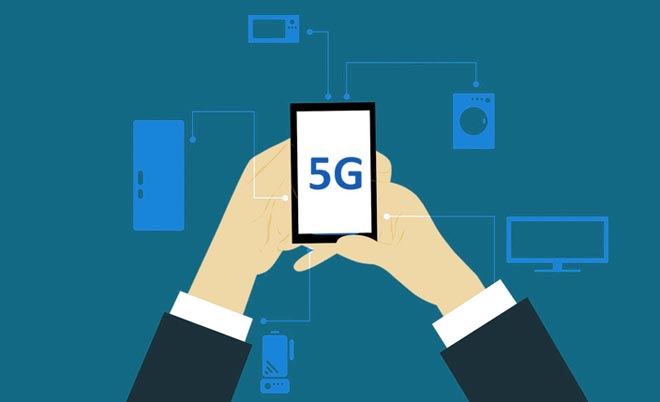Who says that staying at in college doesn’t pay off? Not so long ago a North Carolina University researcher managed to score one of the best breakthroughs related to smart communications. Shih Chun Lin is his name, and he just created a technology whose purpose is to allow cellular communication nodes in 5G systems. This would be very helpful when it comes to partition bandwidth for any device efficiently, and this, in turn, leads to a vast improvement in the end-to-end and cross data rates. The technology has been proven on simulations so far, and it has been capable of meeting a transmission of an unprecedented 10 gigabytes per second in its peak.

A New Way to Access the Web
The end-to-end transfer is a way for the technology to account for the totality of the connection between data sources and users. As Shih-Chun Lin explains on his most recent paper published by the faculty of Electrical and Computer Engineering at North Caroline State. The technology incorporates the use of both hardware and software at even levels. The framework takes into account nearly every type of data transfer rates. It doesn’t matter if it wired or wirelesses as long as there is bandwidth availability, and power base stations coded to a 5G network. In layman terms, this is just a massive optimization model used to determine efficient means to transfer and retrieve data. It works quickly, and it barely uses power.
Fast Communications, Fast Gaming
As it currently stands this could mean one of the most significant landmarks that have been developed when it comes to data transfer for online networks. It also means true real-time data transition in ways that can’t be provided even for upscale satellites orbiting the earth. As you can imagine, this leads to updates in technology and big business for smartphone companies and video games. Streaming services will also get an incredible boost making buffering a thing of the past. Storage space will no longer be a concern as long as you have the cloud available to store every single piece of data that goes to your smart device. The reach of the internet could be exponentially increased with this, but the project still has some work ahead.
A Window to the Future
The research as it currently stands shows a lot of promise, but it still needs a viable device to show off its capabilities. Lin is currently working on that particular project along his team to have something to show. The scientist believes that the prototype will allow him to conduct field tests on real-time 5G platforms. The main issue seems to be as of now that full-scale 5G networks are not yet online. So far he doesn’t have a reason to believe that his claims are empty, considering the fact that the technology he has developed can reach 3GPP on 10 gigabytes which is above the current standards, but also a resource that would be wasted using current tech.
For the time being, Lin and his team are looking for partnerships with investors who might be interested in this particular development. The paper was presented this past December in the event Globecom 18’ on Abu Dhabi, UAE.
